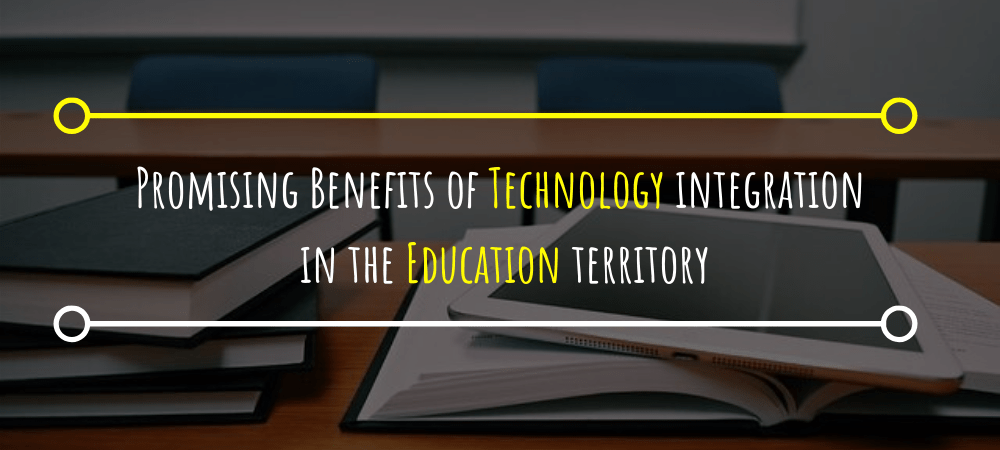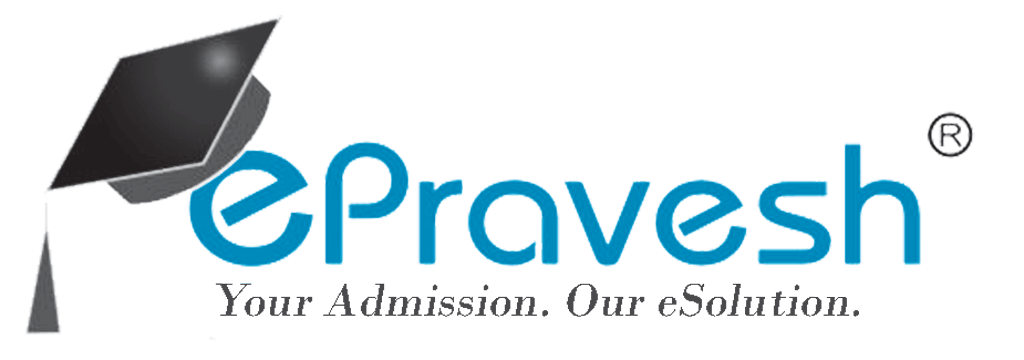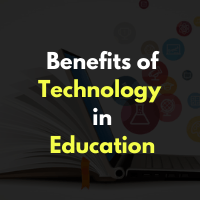
Let’s suppose you had $13.2 billion. Where would you spend it?
My father is a firm supporter of education. He believes that learning is a continuous process from the cradle to the grave. So that’s where he would spend it. And there are many that are on the same page as him.
With the rate at which technological advancements are revolutionizing the world, every industry needs to hop on board. And the education sector is no different.
Research suggests that the potential of technology in education is phenomenal. Moreover, it has the immense power to transform and streamline the entire system.
In the US alone, spending on ed-tech has exceeded $13.2 billion, according to news.mit.edu.
Countries around the world are also implementing strategies that use technology in education. They aim at expanding access to quality education while supporting the learning process with innovative techniques.
Article Contents
Advantages of Technology in the Education Sector
Strategies that incorporate technology can help both the teachers as well as the students. The apparent rewards include enhanced learning methods that improve the capacity, productivity, and performance of all students.
With the right implementation, the integration of technology can foster a positive change. Here are just a few benefits that any institution can acquire, regardless of the size of the establishment or age of the students.
1. Topics become more interesting
With growing attention on STEM (science, technology, engineering, and mathematics) learning, digital methods can be used to make academics more practical. Digital studies can implement theoretical explanations, boosting the level of classroom experiences, engagement, and learning outcomes.

A research was conducted by New Mexico State University, according to which 77% of students’ favored using canvas as a learning tool in their courses.
2. Teaching Made Easy
Digital simulations and models allow teachers to explain difficult concepts clearly. Audio-visual presentations vastly improve the retention of new ideas.
Moreover, the diverse array of teaching tools facilitate the delivery of any lesson, considerably enhancing the level of comprehension within the class.
The good news is that teachers value digital tech and believe it helps supplement their teaching strategies. The journal.com stated that 96% said it would continue to play a positive role in education.

3. Effective Assessment Strategies
Online educational tools offer an effective way to track a student’s progress. Several technological trends will influence education. But AI-driven assessments are hitting the mark. They simplify and automate tasks, speeding up the evaluation process.
But online assessments provide a holistic approach to institutions and students not only to assess themselves but also rank them among their peers.
More importantly, various software and apps provide answers and explanations in real-time. This fosters the learning process, as students can learn from their mistakes right away. This form of evaluation and assessment is likely to become the norm in the coming years.
4. Personalized Teaching Approach
The assessments mentioned above provide teachers with a clear picture of a student’s overall progress. Interactive tools can help teachers effectively analyze and assess a student’s performance in a variety of subjects. Alongside accuracy, the time taken to answer a question can also be noted. If a student’s performance is not up to par, a teacher can intervene sooner.
Moreover, a personalized lesson plan can be devised to cater to the individual needs of that student. This provides students with the opportunity to study at their own pace. Difficult concepts can be worked on with additional practice on digital learning aids.

5. Automate Tasks
From taking roll call to grading papers, several tasks can be automated. Records can be kept up to date efficiently and accurately. According to the Artificial Intelligence Market in the US Education Sector, a report showed that AI in the US education system would grow by 47.5% from 2017-2021.
But it’s not all about what happens in the classroom that matters. Institutions spend a tremendous amount of time and resources on repetitive tasks. So just like any other business, numerous administrative duties can be automated, from admissions to payroll.
6. Improved Communication
Correspondence among teachers, parents, and students can be simplified. Institutions can create a network where assignments and progress reports are posted progressively. But more importantly, students can utilize platforms to ask their classmates or teachers questions about assignments and projects. Often schools develop personalized software that serves this purpose.
7. Education for Everyone
Technology promotes distance learning, making education accessible for any student, at any age, from any location. According to the World Education News + Reviews, nearly a third of all college students took at least one online course in 2016. Almost half studied exclusively online. But research shows that global e-learning will grow approximately 7 – 10% over the coming years.
The availability of online resources has revolutionized the education system. From micro-learning courses to degree courses, anyone who has an internet connection can tap into these archives. But the best part is that many offer free or discounted courses, making education affordable for anyone.

Source: https://www.mheducation.com/news-media/press-releases/2016-digital-study-trends-survey.html
A survey of college students was conducted related to digital learning technology, and the results served as the real eye-opener. 84% of students believe that digital learning technology helps improve education. This undoubtedly says a lot, and there is no point in the debate.
8. Further Employment Opportunities
It’s not only full-time students that are availing education. Professionals often seek out opportunities to further their careers. A 2018 study conducted by the US Bureau of Labor Statistics found that earnings increased with increased levels of education
But technology offers a collaborative and interdisciplinary approach. Continuing further education through programs such as Executive Master of Business Administration (eMBA) can help bolster an individual’s personal and academic development. Most institutions provide schedules in a way that works best for the candidates, especially with the help of technological integration.
9. Improved Access to Information
Whether it’s through apps, devices, digital materials, or online tools, information is vastly accessible. And thanks to technology, the learning process never stops. Students now have access to unlimited online educational content, such as newspapers, articles, research reports, studies, and much more. And where would anyone be without Google search!
Furthermore, teachers have greater access to technology. Incorporating multiple tools and techniques in the classroom creates the best results.

10. Facilitates Collaboration
More often than not, students must learn to work together as a team. Technology offers an easy solution. From sharing notes to emailing files to scanning documents to video conferencing, the collaborative techniques are endless. Once all members are connected, everyone has the capability to contribute, share, access, etc. various aspects of a project.
Technology at School- Friend or Foe?
While some may label gadgets as disruptors in a classroom, these very devices have become an intricate part of today’s society. The debate has transitioned from whether technology should be used in learning how it can improve the education system.
Despite global advancements in technology, educational institutions have not adopted the same momentum as other industries have. For instance, the automotive sector has developed by leaps and bounds over the past decades.

Source: https://www.emergingedtech.com/wp/wp-content/uploads/2011/11/SurveyResults_MostImpactful1.png
A study was conducted related to the most impactful technologies and the outcome was promising. The respondent favored professional development the most.
In the education sector, there is access to equipment. But often, there isn’t enough onsite support or adequate implementation. However, educators are doing their very best to prepare students for the future. And that includes creating a unique skill set that utilizes the technology of the 21st century.
This is only the beginning ….
Whether it’s through web-based activities, interactive games, or online lesson plans, teaching as we know it has transformed forever. And things are changing on all levels- from pre-K to university.
Only time will tell what future technological advancements will bring to the classroom. But without a doubt, it will carry the education sector to greater heights.
And as edtechmagazine.com is pointing out, two-thirds of the teachers want more technology in the classroom. So that’s the way to go.

Author Bio:
Alma Causey is a passionate writer. She is the University of Tempa alumni. Her love for writing is infinite. To date, she has written various writing pieces related to business, HR, education, Technology, and Health. She is also very fond of travelling, reading, going to the movies, enjoying family gatherings, and horseback riding. Find her on Twitter: @Almacausey.


